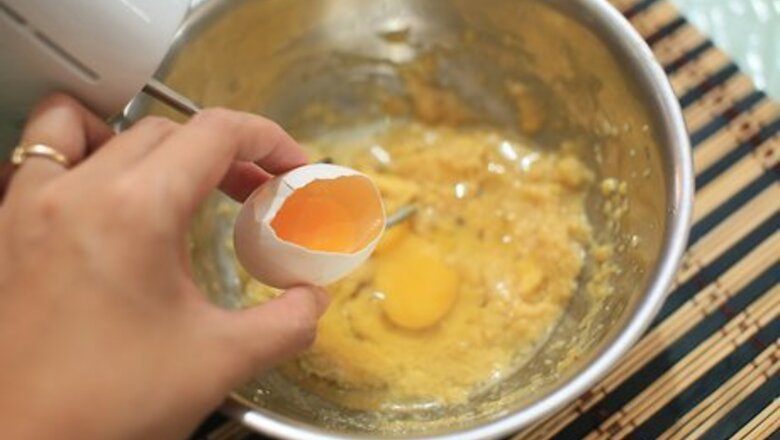
views
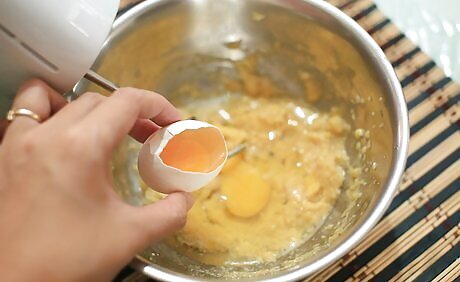
Do not over-beat your eggs. This will add too much air to the cookies. With high altitude baking, the low air pressure causes the air bubbles to expand faster. The cookies will rise quickly and then collapse, making them dry and brittle. If your cookie recipe calls for egg whites, only beat them to a soft-peak.
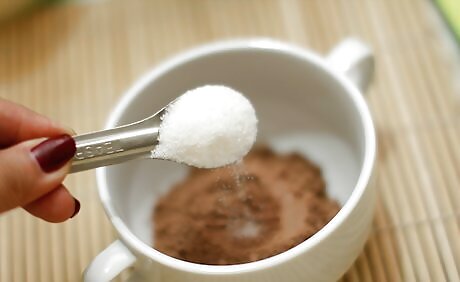
Reduce the amount of sugar you use in your recipe by 1 to 3 tbsp. (12 to 36 g) for each cup (191.6g) used. Reduce the sugar by 1 tbsp. (12 g) at 3,000 feet (914.4 m), 2 tbsp. (24 g) at 5,000 feet (1,524 m) and 3 tbsp.(36 g) at 7,000 feet (2,133.6 m).

Reduce the amount of baking powder or baking soda you use by 1/8 tsp. (0.47 g) to 1/4 tsp. (0.94 g). Reduce baking powder by 1/8 tsp. (0.47 g) at 3,000 feet (914.4 m), 1/8 to 1/4 tsp. (0.47 to 0.94 g) at 5,000 feet (1,524 m) and a full 1/4 tsp. (0.94 g) at 7,000 feet (2,133.6 m). Metric reductions for baking soda are 0.54 to 1.07 g.
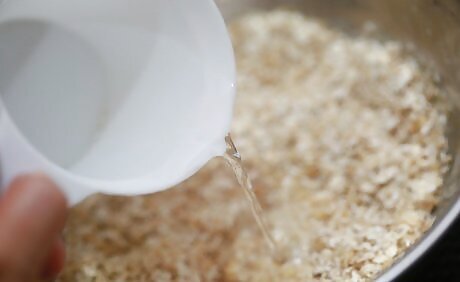
Increase the liquid in the recipe to counteract the dry flour. Add 2 to 3 tbsp. (29.6 to 44.4 ml) of water for every cup (99.4 g) of flour used at 5,000 feet (1,524 m). Increase it a further 1 to 2 tbsp. (14.8 to 29.6 ml) at 7,000 feet (2,133.6 m). If you are cooking at 3,000 feet (914.4 m), it is not necessary to increase the liquid unless your recipe calls for a large amount of flour.
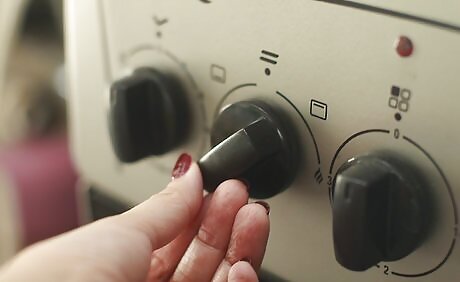
Set your oven to bake 20 degrees Fahrenheit (6 to 7 degrees Celsius) hotter than the recipe suggests. The batter will set faster in a higher temperature and retain a moist center. This step will also save the cookies from being too dry because they aren't under the hot element for very long.
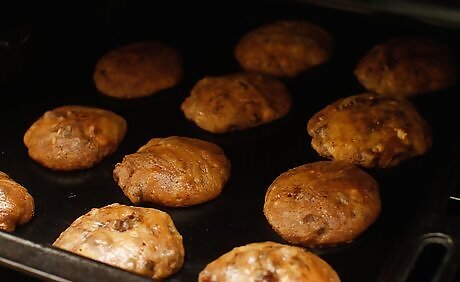
Decrease the baking time by 1 to 5 minutes. This will depend upon how long the cookies are supposed to bake as cookie recipes can call for cook times ranging from 5 to 20 minutes.

Check on the cookies to make sure they have been adequately baked at the higher temperature.



















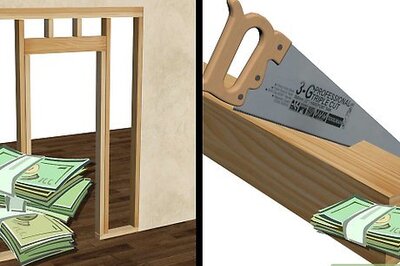
Comments
0 comment